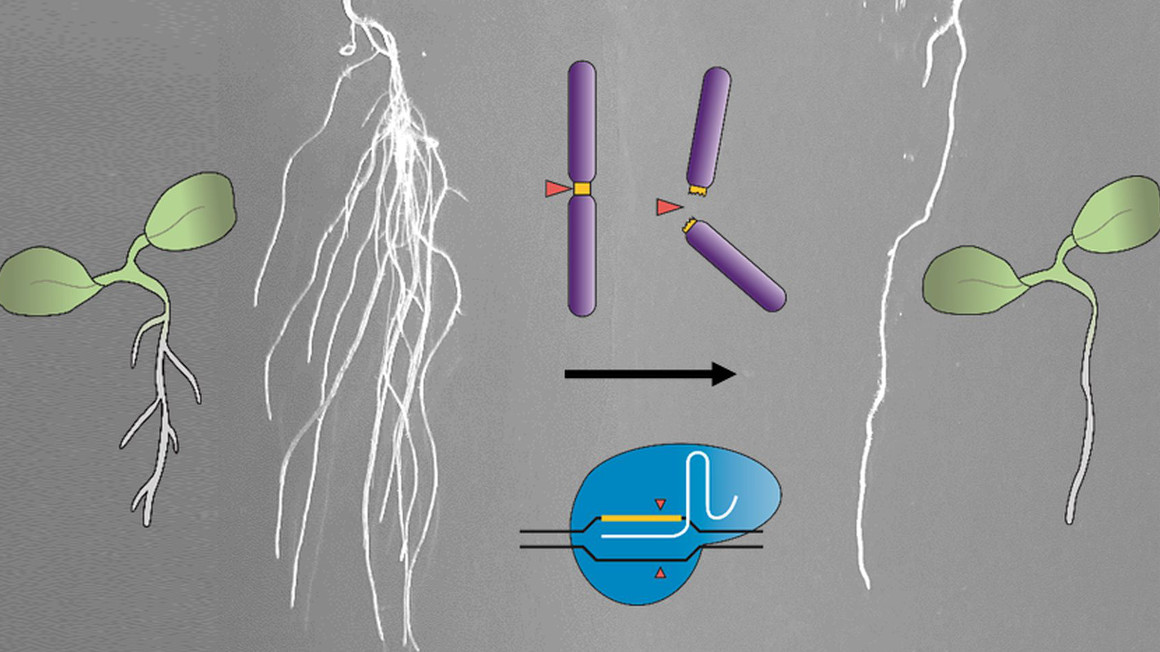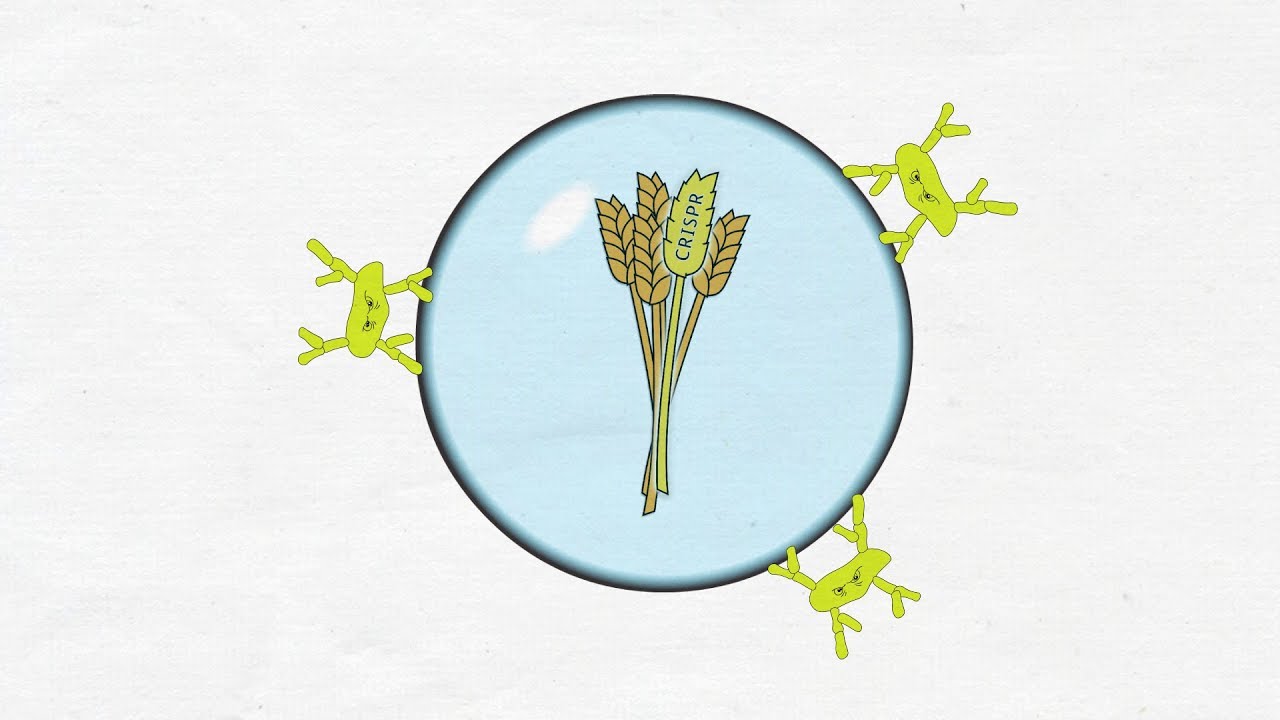Gene scissors reprogrammed for plants
A team led by molecular biologist Holger Puchta has further developed the CRISPR-Cas gene scissors so that entire plant cell types in the genome can now be selectively switched off.

For several years now, the CRISPR-Cas gene scissors have provided molecular biologists with a tool that enables targeted changes to the genome. The potential for plant breeding in particular is enormous. Genetic information of important crops can be modified to make them more resistant to pests, diseases or extreme climatic conditions. Holger Puchta from the Karlsruhe Institute of Technology (KIT) is one of the pioneers worldwide who first used the CRISPR-Cas gene scissors on plants. Now, a team led by the molecular biologist has further developed the CRISPR-Cas method for plants.
Gene scissors eliminate DNA of special cell types
In the journal Nature Communications, the team reports how the tool was modified so that it can now be used to eliminate not only individual genes but also the entire DNA of specific cell types. "We have already been researching molecular scissors for plants for 30 years. In the beginning, we used them to modify individual genes. Two years ago, we succeeded for the first time worldwide in reshaping entire chromosomes," says Puchta. "Now we have optimized the previous method and reached a completely new level in development with CRISPR-Kill: We can now switch off individual plant cell types and thus prevent the formation of very specific plant traits."
In their experiments, the researchers focused on the lateral roots and petals of the model plant Arabidopsis thaliana. The genetic blueprint for these plants has been decoded and it is known which cell types are important for the formation of these plant parts. Using the advanced gene scissors, the researchers were able to specifically switch off those cell types that are responsible for the formation of the lateral roots and petals. As a result, these so-called CRISPR kill plants showed neither petals nor lateral roots, while the control plants exhibited normal growth.
Many cuts at once
"Previously, with CRISPR/Cas, we targeted exactly one site and cut once or twice to change a gene or chromosome," Puchta explains. "Now we have reprogrammed the molecular scissors so that they don't just cut once in the particular cell type, but instead target a sequence that occurs frequently in the genome and is essential for the cell's survival. Thus, many cuts occur simultaneously - so many that the cell can no longer repair them and dies."
Better understanding of development processes
The researchers' work takes basic research in the field of plant science another step forward. "By studying what happens when you switch off one cell type or the other, we can learn more about developmental processes in plants," says Puchta. The molecular biologist is convinced that the CRISPR kill method can benefit food production and the pharmaceutical industry in the long term. For example, the emergence of cells that produce toxins could be specifically prevented during plant development, or tissue could be specifically modified in other multicellular organisms.
bb



